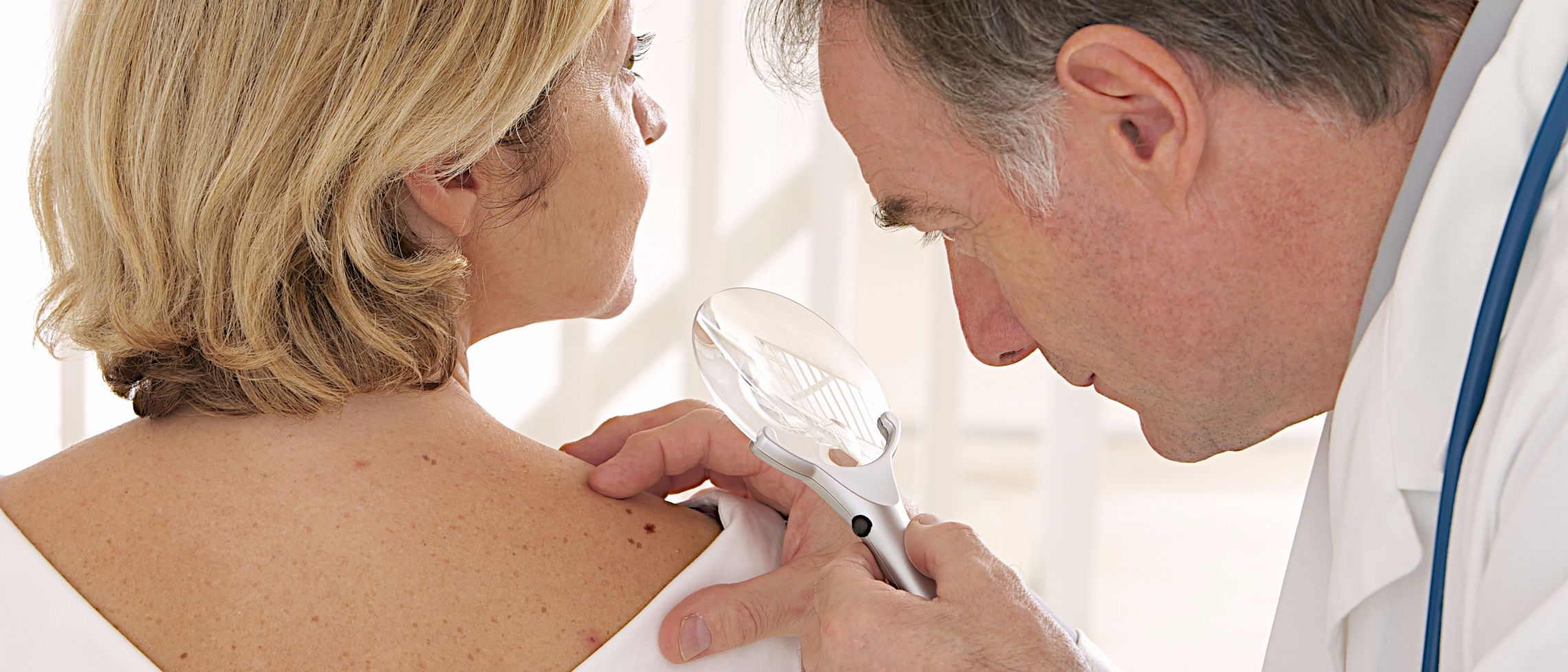
Cryotherapy
Cryotherapy is a cosmetic procedure that can remov...
Mole mapping is commonly used by people with around 50-100 moles, those with moles that are unusual shapes or in areas that aren’t easily visible, such as the back. It can also be useful for anyone with a history of melanoma or if it runs in the family.
Mole mapping can help those worried about skin cancer to screen their moles, detecting malignant melanoma during the early stages of its development. This way, anyone with harmful moles can have them removed with minor surgery. Photographic imaging and digital demoscopic imaging can be used for mole mapping.
Mole mapping is commonly used by people with around 50-100 moles, those with moles that are unusual shapes or moles in areas that aren’t easily visible, such as on the back. It can also be useful for individuals with a history or melanoma or if it runs in the family. Mole mapping can also be done to people that are concerned over individual moles that have changed in appearance, or anyone who has been severely sunburned.
In conventional photographic imaging methods of mole mapping, photographs are taken across the body, creating a ‘map’ of their skin as a whole. It is advised that qualified medical photographers take these images to ensure accuracy and standardisation of the photographs.
Dermpscopic imagine involves recording and storing a more details image of the mole that the patient is concerned about. These digital devices can then accurately plot the location of the moles.
After analysis, your doctor will give you appropriate advice depending on the category you fall into.
Low risk often means that you must continue to self-examine your moles, or can arrange for an annual review with your doctor.
Intermittent risk requires patients to book an annual consultant review and mole mapping procedure.
If a mole is abnormal with some concern then you will be advised to remove it, or to monitor it every three to six months.
An abnormal mole with greater concern must be removed.
Skin cancer is the second most common form of cancer in people aged 15 – 34, and more than 1 in 3 of those aged under 55 will suffer from melanoma skin cancer.
The cost for mole mapping starts at around £95.

Cryotherapy is a cosmetic procedure that can remov...

A common mole is a coloured spot on the skin that ...

Most moles are caused by overgrowth of pigment cel...